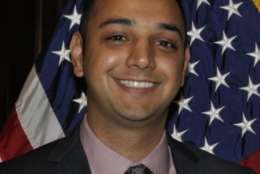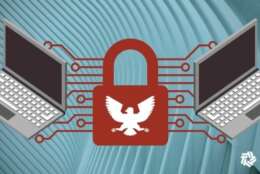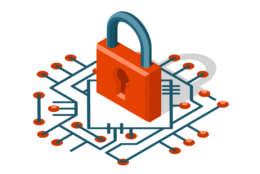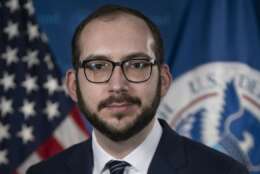zero trust
-
As the Biden administration implements infrastructure programs, cyber defense must be at the core, and perimeter, of all modernization initiatives.
September 15, 2021 -
As digital transformation progresses in nearly every sector, zero trust has become, for many, the security model of choice. However, Okta's federal chief security officer, Sean Frazier is one of the lead technology executives who’s concerned that “implementing zero trust has left security leaders struggling to make some shifts in strategy and fundamental architecture” which are required by the EO.
September 14, 2021 -
Current and former federal technology leaders say OMB’s draft zero trust strategy takes an importance focus on architecture, but it also must still address some challenges.
September 13, 2021 -
CISA wants agencies to be aware of the cybersecurity services it offers to help them meet the goals of the newly mandated security architecture.
September 10, 2021 -
Chris DeRusha, the federal chief information security officer, said comments on the administration’s new draft zero trust strategy will ensure agencies succeed in improving cybersecurity.
September 09, 2021 -
Nearly every federal agency is talking about digital transformation, using the latest technologies to improve how they operate and what they deliver to constituents. An important part of modernizing puzzle is the network that delivers all the data. It's got to be up-to-date and secure.
September 07, 2021 -
With the recent cybersecurity executive order and the critical infrastructure control systems memo, President Joe Biden’s administration is making cybersecurity a top priority. Federal News Network sat down with Jason Payne, chief technology officer for Microsoft Federal, and Steve Faehl, chief technology officer of security for Microsoft Federal, to dig deeper into these recent moves, what makes them important and how federal agencies can partner with industry to achieve their goals.
September 03, 2021 -
The Government Accountability Office is planning to release a report in early fiscal 2022 about the cybersecurity impacts of technologies adopted in response to the pandemic.
September 01, 2021 -
President Joe Biden’s recent cybersecurity executive order sets several rapid-paced deadlines for agencies to work toward adopting a zero trust posture in order to generally harden the security of the federal government. But that doesn’t mean agencies have to accomplish this on their own.
August 26, 2021 -
Zero trust is all about “never trust, always verify.” But agencies can no longer apply this level of vigilance to top administrators exclusively.
August 12, 2021 -
Experts from the Justice Department, Department of Health and Human Services, U.S. Patent and Trademark Office, Government Accountability Office and Tanium will explore the move to a zero trust framework.
August 12, 2021 -
DHS Chief Information Officer Eric Hysen said the much-anticipated Cyber Talent Management System will serve as the driving force behind his top-tier priority of investing in the department’s IT workforce.
August 05, 2021 -
Infrastructure is a broad and crucial issue for the U.S. to get right. As devastating as the recent attacks have been, they’re only an inkling of the future risk and consequences attacks on critical infrastructure could have.
July 29, 2021 -
The United States Federal government is massive and doesn't typically make big changes with great speed, except in extreme situations. The fact that President Biden issued an Executive Order (EO) with specific timelines related to modernizing cybersecurity is an indication of just how critical changing and evolving the Federal Government's security posture has become.
July 08, 2021 -
For an enterprise service provider like the Defense Information Systems Agency, mass telework means serving the needs of not only internal employees but external offices.
July 06, 2021















